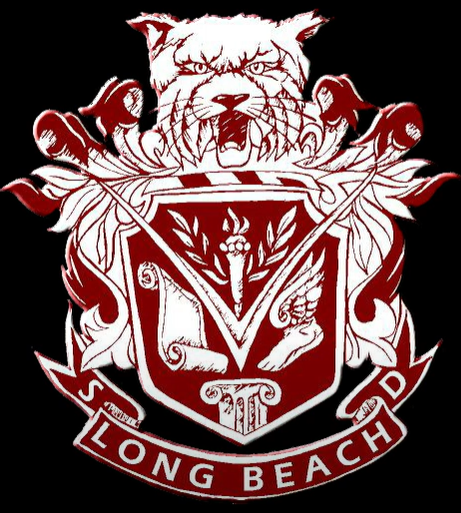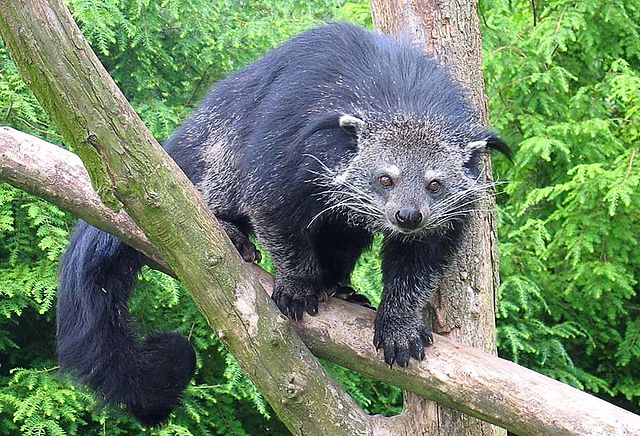It was a surprisingly rousing speech. One aspect I still remember to this day was Madame Chancellor's likening the Bishop State mascot, the Wildcat, to the mascots of all Mobile high schools represented in the auditorium - in academic creeds and values if not physical characteristics. The graduates of each alma mater cheered uproariously as their mascot took its turn in the spotlight. Sitting in the bleachers, I was musing to myself that Long Beach High's mascot, the nebulous sounding "Bearcat", would fit right in with this gathering of the local anthropomorphisms.
Fast forward a decade and a half, and I'm talking with a coworker. Before the days of complex password requirements being taken seriously, Dude had an unusual proclivity in selecting his passwords. Every single one he ever used professionally was from a constantly recycled list of small, typically rodent-like mammals.
Thanks to Dude's weird rodent fetish, over the course of a few years of sitting across from him at the lunch table, I collected a crap ton of small mammalian factoids. For instance, the capybara is South America's largest, and by all accounts, the world's friendliest rodent.
Meanwhile the Asian palm civet single handedly created a market for the world's most expensive coffee. You're gonna want to sit down for this.
The palm civet's natural diet includes coffee cherries. Its digestive tract does a number on the berries, partially fermenting them. These are then excreted, collected by workers, and made into Kopi Luwak. This price of this "civet coffee" dwarfs any concoction your local man bun wearing hipster can contrive at Starbucks, reaching $100 a cup.
You may be thinking, "Wayne, man, you're really drifting here." Relax. While the discussion of small mammals may seem like an odd non-sequitur, it'll all come together in the end.
My presumption throughout my time at both Long Beach Junior and Senior High was that our mascot, the Bearcat, was some large, fierce wild animal. Smaller than a lion but larger than a bobcat, it could take off one of your limbs with a single swipe of its paw. As a matter of fact, a school crest taken from a recent LBHS graduation tells me that perception remains.
However, withing the past month, my buddy Mike unearthed the truth. I present to you the binturong, also know as the bearcat.
The binturong/bearcat is neither a "bear" nor a "cat". Rather, it's a tree dwelling mammal that rarely exceeds three feet in length and no more than 70 pounds in weight. Amusingly, its closest relative is the coffee-bean-pooping civet. One factoid I could have shared with Dude was binturongs have an unusual trait. The scent chemical compounds they produce contain 2-acetyl-1-pyrroline, or 2-AP. This is the same compound that gives cooked corn kernels their ubiquitous aroma. Bearcats smell like buttery popcorn.
At least the founding fathers of the Long Beach School District didn't pick the nutria as a mascot. Yes, nutria was on Dude's password rotation. While I couldn't find the version of "Muskrat Ramble" that we played as our fight song, Ratt makes for a handy stand-in.


No comments:
Post a Comment